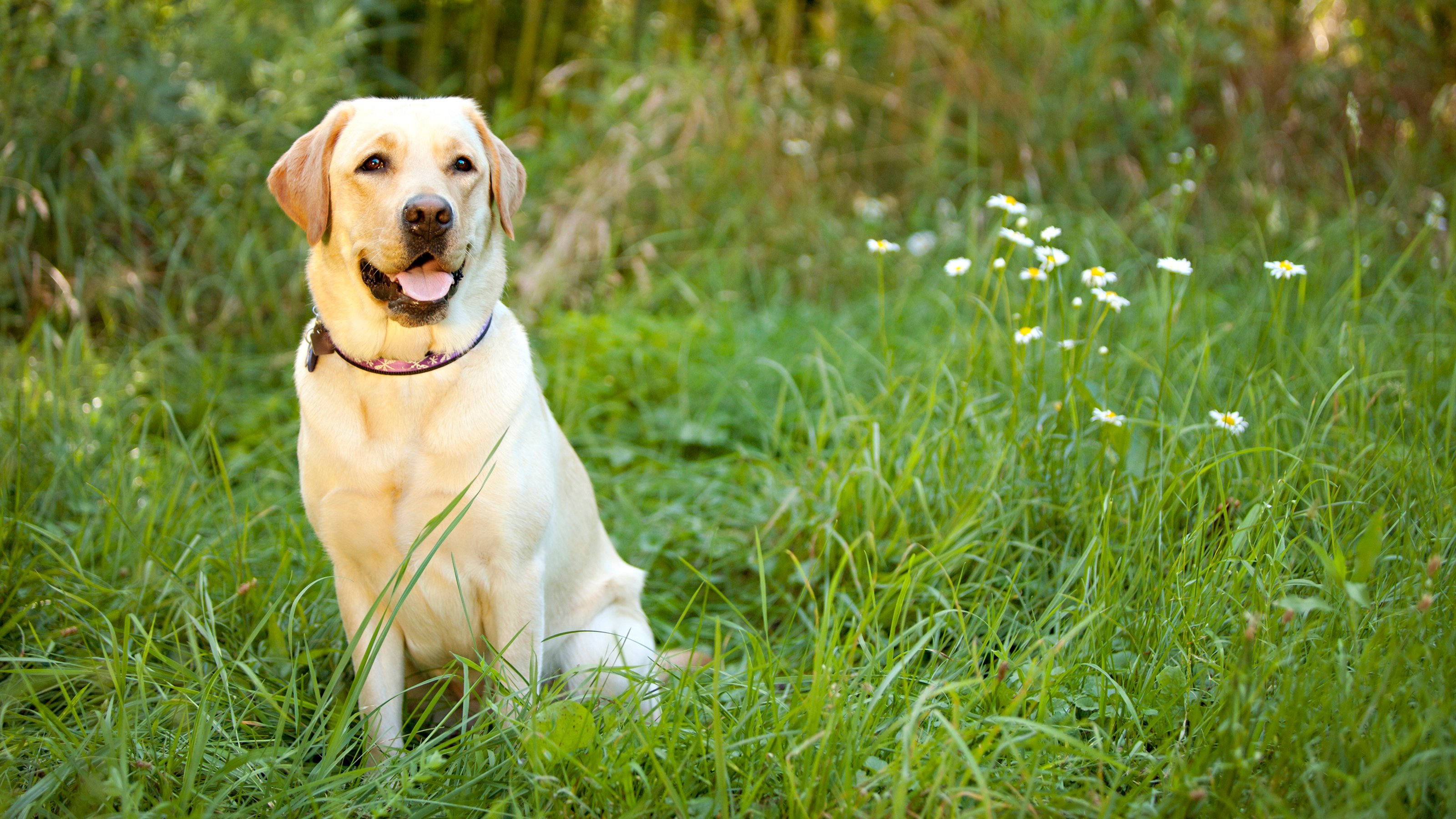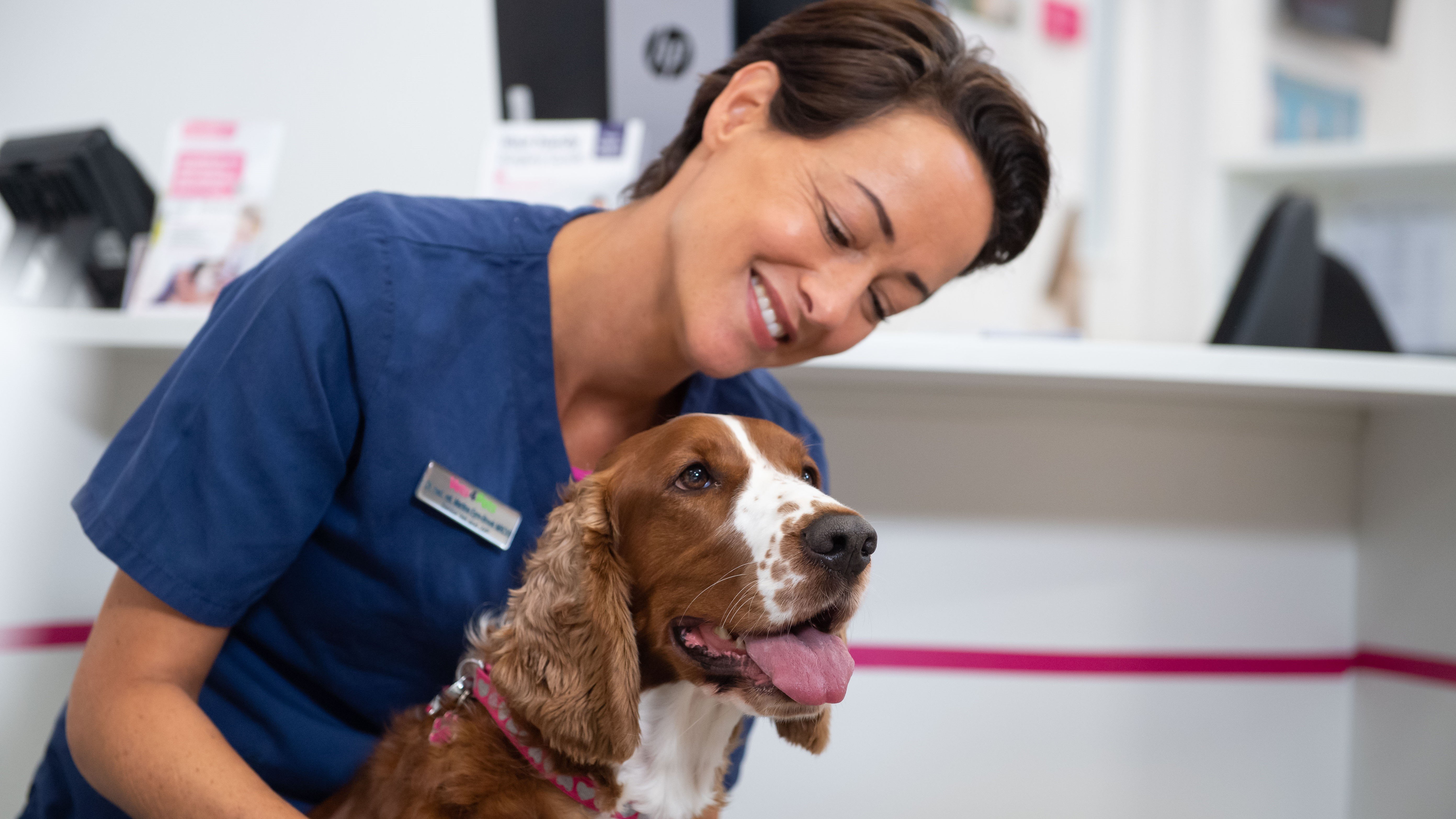
Treating Tapeworms in Your Dog
Keeping your dog free of tapeworms is simple and a great way to keep them healthy and happy.
Tapeworm in dogs
Tapeworms match their name, and look like long ribbons or pieces of tape. Itchy, unpleasant, and common.
Did you know there are actually many species of tapeworm? Some are more common than others, and tapeworm species vary in length and the host species they can infect, but all the tapeworms that can infect your dog will be killed by the tapeworm medication available from your vet.
The most common species of tapeworm that our dogs carry is Dipylidium caninum, which affects dogs more commonly than any other pet. Although Dipylidium caninum is relatively short, usually maxing out at around 50cm, some tapeworm species can become incredible large – the longest species of tapeworm affects whales and can be over 100ft from end to end!
Tapeworms match their name, and look like long ribbons or pieces of tape. They are divided into lots of small segments, which can be up to 1cm each in length in dogs, depending on the tapeworm species. Adult tapeworms live in the small intestine, and attach to the lining with specialised mouthparts. Here, they sit and absorb nutrients from the gut. Tapeworms reproduce when some of their segments break off. These segments are full of tapeworm eggs, and are passed out in the faeces of your dog. They are often described as looking like moving grains of rice.
Other tapeworms found in our UK dogs include Taenia species, and Echinococcus granulosus.
Dogs can pick up tapeworms from several sources:
- Some species of tapeworm can migrate into muscle and form cysts. Dogs may become infected by eating undercooked or raw meat from infected animals.
- Fleas can carry Dipylidium caninum larvae. Dogs can swallow infected fleas when grooming, and become infected themselves. This is a major route of infection with Dipylidium caninum for dogs in the UK.
- From contact with infected dogs or ground that has become infected with tapeworms via faeces. This can include sheep and cow faeces which carry Taenia tapeworms.
There may be no external signs of an early infection with tapeworms. One of the first signs may be the presence of tapeworm segments in faeces or around your dog’s back end – these are often described as looking like moving grains of rice.
If the presence of the tapeworm starts to physically affect your dog you may see more advanced signs including:
- Diarrhoea
- Itching around the anus (scooting and licking)
- Lack of energy
- Weight loss
- Poor skin and coat condition
If your dog is experiencing any of these signs and you suspect that they might have worms then you should make an appointment with your vet.
Thankfully, although you can’t stop your dog from being exposed to tapeworms, there are lots of options for preventing an infestation from developing.
- Regular worming treatments. Worming treatments usually come in the form of tablets or spot-ons,and may manage a range of parasites including tapeworms. The best parasite protocol for your dog will depend on you, your dog, your lifestyle and even the season, and your vet can help you decide which regime works best for you. However you choose to manage worms in your dog, make sure to speak to a vet about the best anti-parasitics on offer, as many over the counter treatments have poor efficiency.
- Keep your dogs and cats up to date with flea treatments. This will also reduce the risk of fleas infecting your dog with a tapeworm.
- Cook any meat thoroughly. This will kill any tapeworms that may be present.
- Clean up after your dog quickly. This will help prevent further spread of tapeworms.
If you think your dog might have a tapeworm infection, the best thing to do is to go to your vet. They can do a full physical examination, and check your dog over from nose to tail!
If there is a risk your dog may have worms, your vet will prescribe a worming treatment suitable for your pet, which should eliminate the worms. They can also help you plan a worm prevention plan going forwards too, to make sure your dog stays protected. If there is any doubt, your vet may recommend a faecal test. This will look for evidence of worms, such as eggs or segments, and may also look for bacteria within the faeces.
As Dipylidium tapeworms are most commonly transmitted by consuming an infected flea, the risk to human health is quite small as we are much less likely to accidentally eat a flea.
However, humans can be affected by these and other tapeworms, although this is more likely to be from another source, such as undercooked meat or accidentally ingesting soil – think about chewing your pen thoughtfully at the allotment for example! Echinococcus granulosus tapeworms are very small (2-3mm), and do not cause disease in dogs. They can, however, cause significant disease in humans as an infection can lead to the development of large cysts within the organs.
Only 10-20 cases of this are reported in the UK each year, so it is very rare, but human health protection is an important part of why vets recommend a thorough protocol to protect your dog from tapeworms. If you think you may have been exposed to a tapeworm, always contact your doctor for advice.
Health Plans to keep your dog healthy
At Vets4Pets we offer a range of Health Plans that make essential routine treatments more affordable. You'll save money on things like annual vaccinations, flea and worm treatment and routine health check-ups.

Dog Advice
Read more of our expert dog advice to keep your dog happy and healthy.
